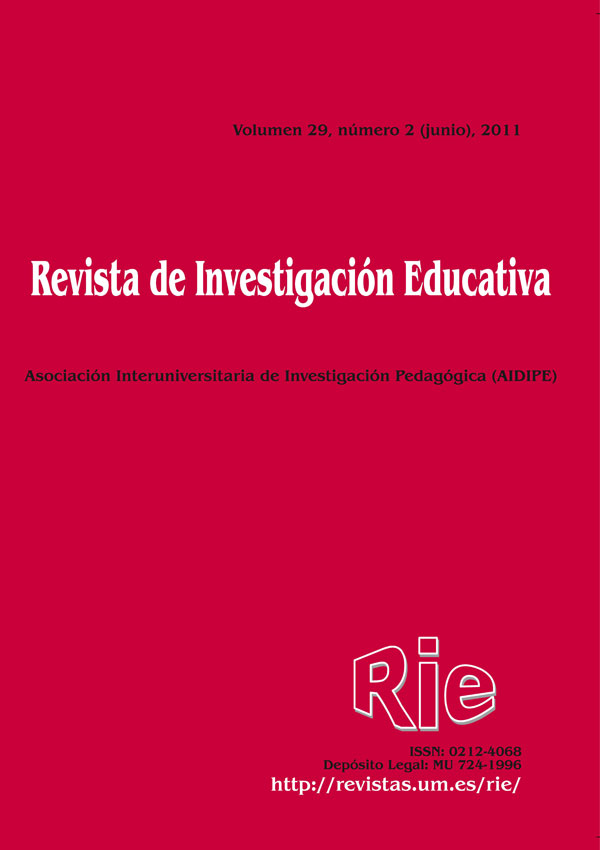Latent structure and internal consistency of the R-SPQ-2F: reinterpreting the approaches to learning within the EHEA
Supporting Agencies
- Consejería de Educación y Ciencia de la JCCM. Fondo Social Europeo. parte sustancial de una investigación galardonada con el premio “Castilla-La Mancha
- Región de Europa” otorgado por la Vicepresidencia y Consejería de Economía y Hacienda
Abstract
Research on approaches to learning, derived from the theoretical framework known as Student Approaches to Learning (SAL), has been one of the most fruitful areas of research in recent decades. Despite the impact of these approaches on teaching, this theoretical framework is not free of controversy (see Duff and McKinstry, 2007). This paper examines the latent structure and internal consistency of one of the most widely used questionnaires in Europe: the Study Process Questionnaire in its revised version, known as R-SPQ-2F (Biggs, Kember and Leung, 2001). The results show an inconsistency in the questionnaire, especially in relation to the surface approach. These results are even more important nowadays within the emerging European Higher Education Area (EHEA), since its efficient implementation requires a change in teaching methods that will make the teaching-learning process a learning-teaching reality.
approaches to learning; R-SPQ-2F; EHEA; educational innovation.
Downloads
-
Abstract579
-
PDF (Español (España))527
The articles and scientific documents published in RIE abide the following conditions:
1. The Servicio de Publicaciones de la Universidad de Murcia (the publisher) has the property rights (copyright) of all the documents published and allows the reuse under the user’s license indicated in point 2.
2. All documents are published in the digital edition of RIE under a Creative Commons Reconocimiento-NoComercial-SinObraDerivada 4.0 Internacional. (legal document) license. These documents can be copied, used, distributed, communicated and explained publicly if: i) the author(s) and its original source of publishing (magazine, publisher and URL of the document) are cited; ii) it is not used for commercial purpose; iii) the existence and the specifications about this license are mentioned.
3. Auto-archive’s conditions. The authors are allowed and encouraged to digitally distribute the pre-print versions (a version before evaluation) and/or post-print (a version that it is already evaluated and accepted to its publication). This promotes circulation and distribution earlier and can increase the citations and significance within the academic community.









